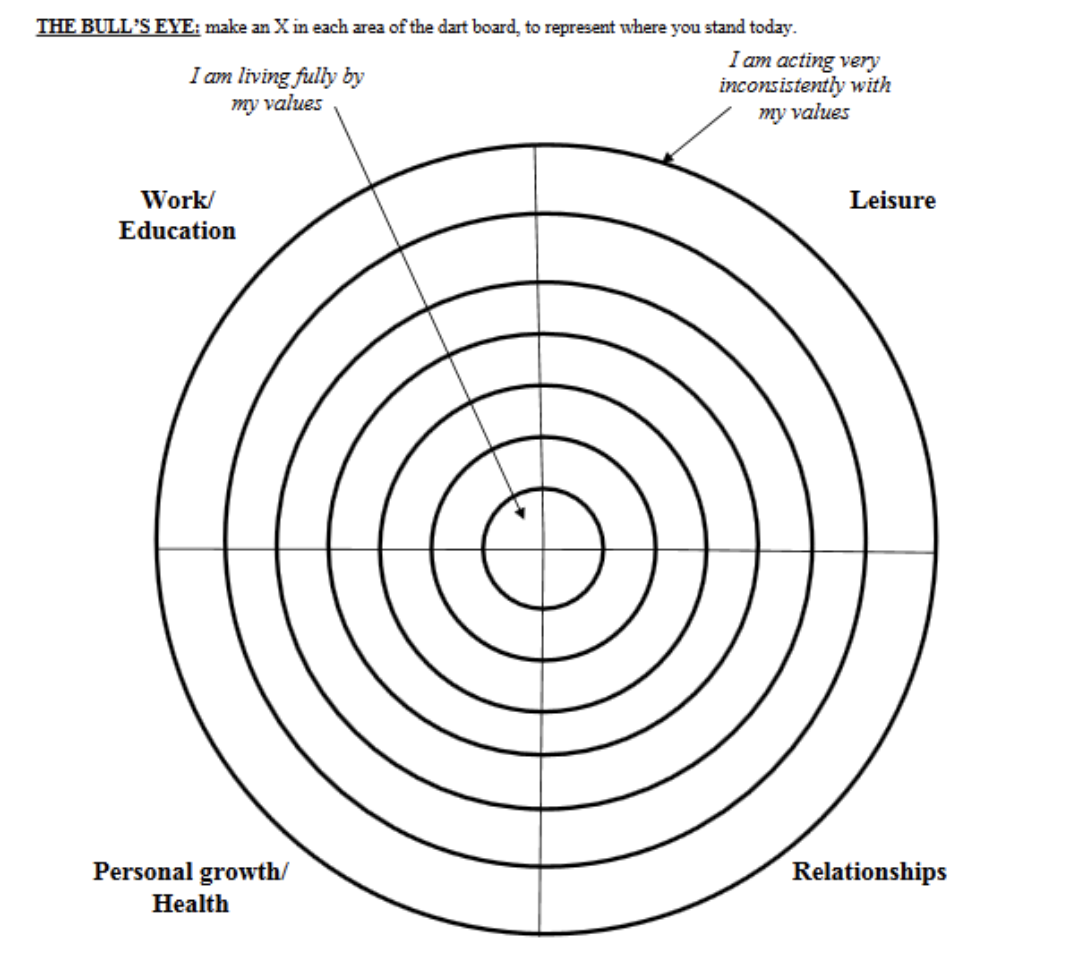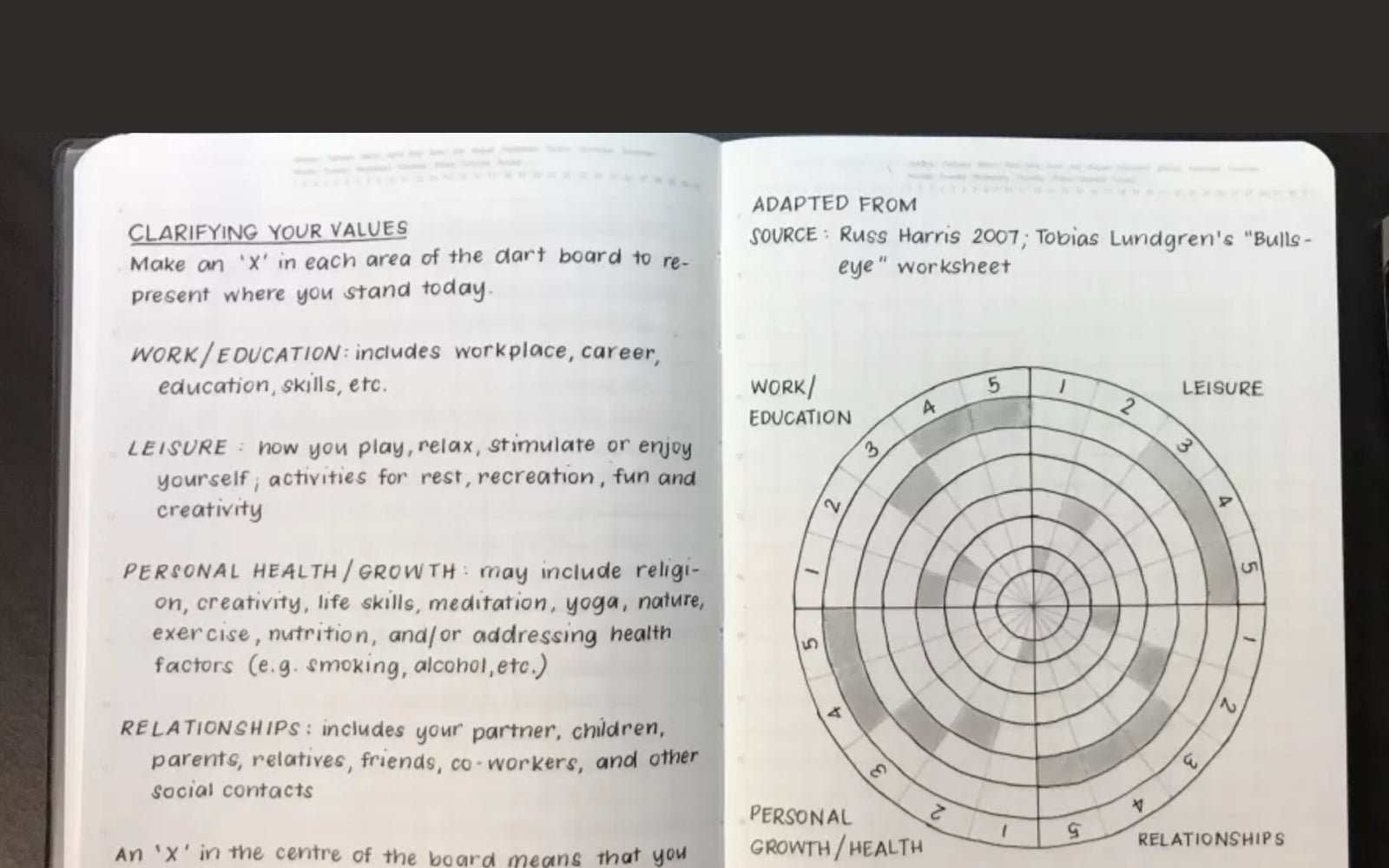Mental health is slowly shedding the stigma it has been shrouded in for the last few decades, and there is an ever-growing awareness and practice of mindfulness techniques amongst the vast community. Whether there has been a collective shift in how we live our lives, or we as a community are more open to change, or it’s a combination of these and other factors, more and more of us are looking inward to improve our mental well-being to live a more balanced and enriched life.
I was first introduced to Acceptance and Commitment Therapy, or ACT, back in 2015, after many years of trying different therapies to manage my anxiety. ACT is a mindfulness-based behaviour therapy, which focuses on accepting what is out of your personal control, and commit to action that improves and enriches your life. Its goal is not about symptom reduction of mental health issues, but rather about taking effective action guided by our deepest values. On the outset, I am not an expert on this topic, so any opinions and explanations in this post are my own, and constructive feedback on clarifying facts is welcome. I also used the following and many techniques in conjunction with a trained health professional (i.e. psychologist), so my advice is to err on the side of caution before attempting these without full knowledge of the content.
Russ Harris, a leading Australian psychologist in ACT, adapted the Bull’s Eye worksheet by Swedish ACT therapist Tobias Lundgren. The exercise is two-fold: determine/clarify your values, and use the bull’s eye to mark down where you stand on any given day on your values.
The values suggested by Harris and Lundgren are as follows (taken from ‘Worksheets to use with The Happiness Trap’):
- Work/education: includes workplace, career, education, skills, etc.
- Leisure: how you play, relax, stimulate/enjoy yourself, activities for rest, recreations, fun and creativity
- Personal health/growth: may include religion, creativity, life skills, meditation, yoga, nature, exercise, nutrition, and/or addressing health factors (e.g. smoking, alcohol, drugs, etc.)
- Relationships: includes your partner, children, parents, relatives, friends, co-workers, and other social contacts
The key here is to define your values. Values are very different from goals. According to Harris (2008), values involve ongoing action; whereas, goals are what we want to achieve along the way, and are usually checked off once it’s completed. For example, one of my values in Personal Health/Growth is to look after my physical and mental health and wellbeing – this involves ongoing action on my part. One of my goals in maintaining this value is to do a 10-minute Pilates workout three times a week for half a year. Once this is done, it’s crossed off in my Bullet Journal, and it’s been achieved. I might use this goal again after I’ve achieved it, but it is only one of many that contributes to my values in Personal Health/Growth.
Once you’ve clarified your values, use the Bull’s Eye dartboard worksheet to mark an ‘x’ in each area of the board to represent where you stand today. The closer the ‘x’ is to the centre of the board (i.e. the bull’s eye) the more you are living fully by your values in that area of life. Conversely, an ‘x’ farther from the centre of the board means that you are way off the mark in terms of living by your values. Below is Harris’s adaptation of the Bull’s Eye exercise:

I’ve adapted and modified this for my Bullet Journal by separating each area into five sections to represent a week (see below numbers 1-5 in the outermost circle). Instead of an ‘x’, I highlight/colour in the part which represents where I stand for the end of that week. For example, in Week 3, I was standing pretty far from the centre of the dartboard, which meant that I was off the mark with living within my values for that week.

I’ve been using the Bull’s Eye exercise as a form of weekly review/reflection for a few months now. It helps me intentionally plan for the following week, and also reflect on what happened, and how I could move forward from it going into the next week. Reminding myself of my values also helps me to prioritise my tasks for the week, and even for the day. I’m mindful of not doing too many tasks for one area of my life, because oftentimes it means another area may not receive as much attention. Being mindful of your personal values always helps in maintaining some balance in our otherwise busy lives.







Leave a comment (all fields required)